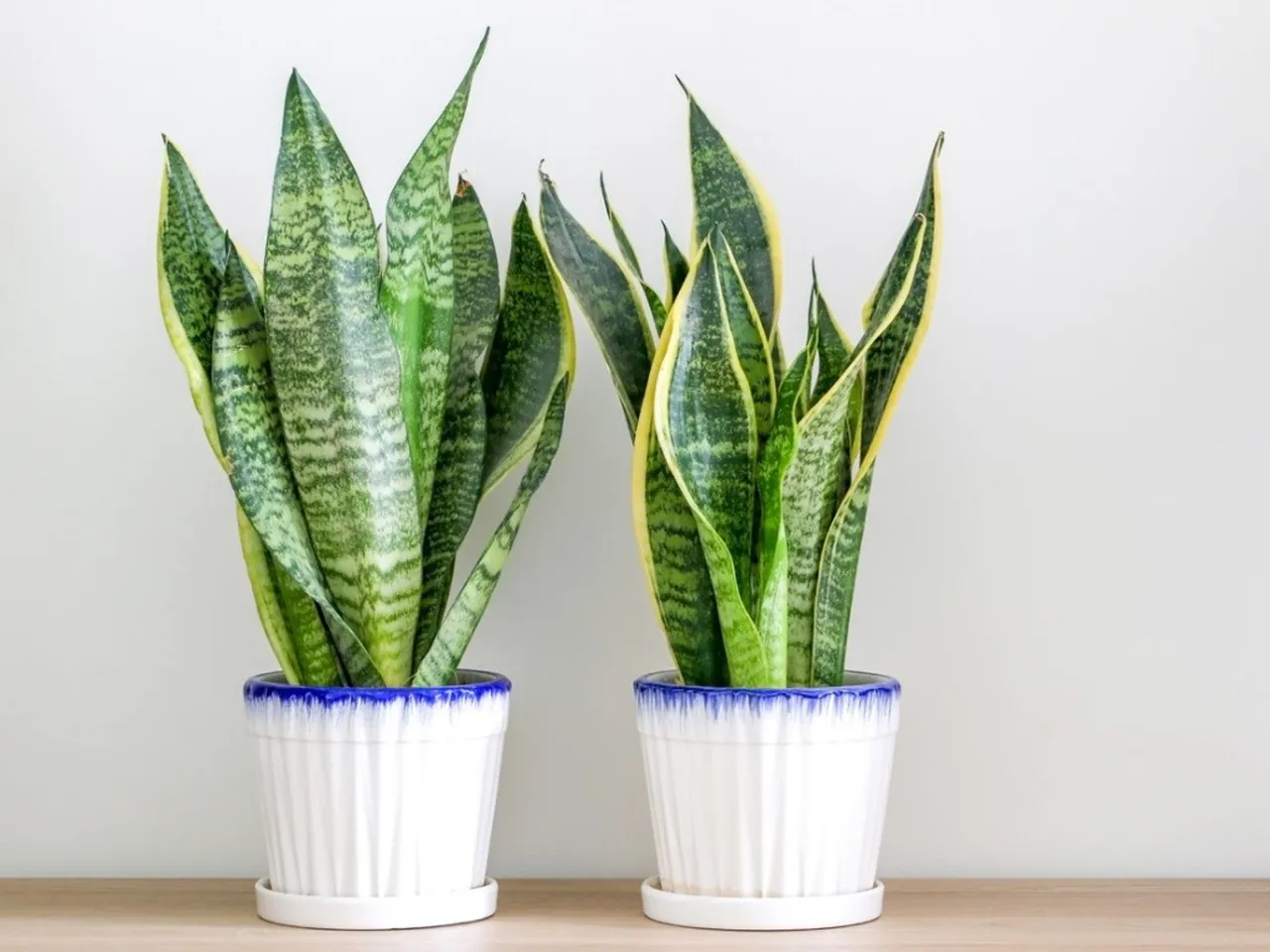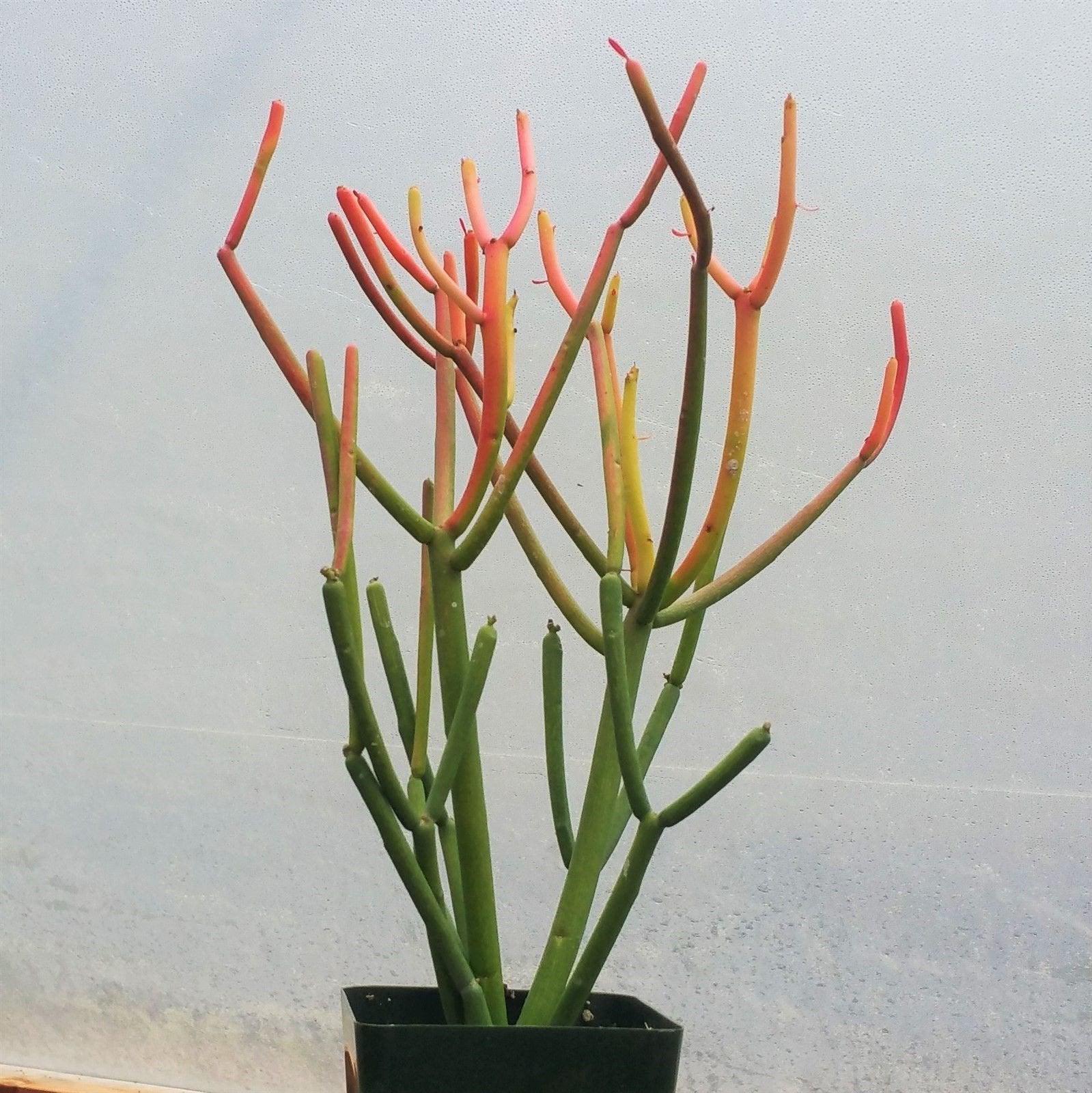How To Care For Snake Plant (Sansevieria trifasciata ‘Laurentii’)
Did you know that the Snake Plant, also known as Sansevieria trifasciata ‘Laurentii’, is a popular houseplant known for its air-purifying qualities and low maintenance requirements? Originating from West Africa, this plant has gained popularity due to its ability to thrive in various indoor conditions, making it an ideal choice for beginner and experienced plant owners alike.
With its tall, upright leaves that are sword-shaped and variegated with yellow edges, the Snake Plant adds a touch of elegance to any room. In addition to its aesthetic appeal, this plant has been shown to remove toxins such as formaldehyde and benzene from the air, improving indoor air quality and promoting a healthier living environment for its inhabitants. This makes it a valuable addition to any home or office space.
For those looking to care for a Snake Plant, it is important to remember that this plant thrives in bright, indirect light but can also tolerate low light conditions. Watering should be done sparingly, allowing the soil to dry out between waterings to prevent root rot. Additionally, Snake Plants prefer well-draining soil and should be fertilized lightly during the growing season to promote healthy growth.
One interesting fact about the Snake Plant is that it is known for its ability to survive in low light conditions and infrequent watering, making it an excellent choice for those with busy schedules or limited indoor lighting. With proper care and attention, the Snake Plant can live for many years, continuously purifying the air and adding a touch of greenery to your living space.
:max_bytes(150000):strip_icc():format(webp)/eight-houseplants-that-thrive-in-low-light-8-0922-2000-39845777816b4f1f8a49b6ef758ef35e.jpg?auto=compress&cs=tinysrgb&h=650&w=940)
How Do You Properly Care for a Snake Plant (Sansevieria trifasciata ‘Laurentii’)?
Caring for a Snake Plant, also known as Sansevieria trifasciata ‘Laurentii’, involves providing the correct amount of sunlight, water, and soil conditions. This low-maintenance plant thrives in indirect sunlight and only requires watering every 2-6 weeks, making it an ideal choice for beginners or those with a busy schedule. To learn more about the specific care requirements for a Snake Plant, continue reading below.

### Light Requirements
Snake plants thrive in indirect sunlight, making them perfect for both bright and low-light environments. They can also tolerate fluorescent light, so consider placing them in offices or rooms with minimal natural light.
### Watering
One of the most common mistakes in caring for snake plants is overwatering. These plants are drought-resistant and prefer to dry out between waterings. Water them about once every 2-6 weeks, depending on the season and humidity levels.
### Soil
Snake plants prefer well-draining soil to prevent root rot. A good mix of potting soil and perlite or sand works well for drainage. Use a container with drainage holes to allow excess water to escape.
### Temperature and Humidity
Snake plants can tolerate a wide range of temperatures, from 50-85°F (10-29°C). They are also resilient to low humidity levels, making them ideal for most indoor environments.
### Fertilization
Fertilize your snake plant sparingly, about once every 2-3 months during the growing season (spring and summer). Use a balanced, half-strength fertilizer to feed your plant.
### Pruning and Propagation
Snake plants are low-maintenance when it comes to pruning. Simply trim dead or yellowing leaves as needed. To propagate your snake plant, you can cut a leaf into 2-3 inch sections and plant them in moist soil.
### Pests and Diseases
Snake plants are relatively pest-resistant, but they can occasionally attract mealybugs and spider mites. Treat any infestations with insecticidal soap or neem oil. Overwatering can lead to root rot, so ensure proper watering practices.
### Benefits of Snake Plant (Sansevieria trifasciata ‘Laurentii’)
– Snake plants are known for their air-purifying abilities, removing toxins like formaldehyde and benzene from the air.
– They are easy to care for and can thrive in various indoor conditions.
– Snake plants are resilient and can withstand neglect, making them perfect for beginners or busy individuals.
In fact, studies have shown that snake plants can improve indoor air quality by removing up to 70% of toxins in the air.
1. How often should I water my Snake Plant?
Snake plants are drought tolerant and only need to be watered every 2-6 weeks, depending on the humidity and temperature of your home.
2. How much light does a Snake Plant need?
Snake plants prefer indirect sunlight but can tolerate low light conditions. It is best to keep them out of direct sunlight to prevent the leaves from burning.
3. What type of soil is best for Snake Plants?
Snake plants prefer well-draining soil, such as a cactus or succulent mix. Make sure the pot has drainage holes to prevent overwatering.
4. Can I fertilize my Snake Plant?
Snake plants do not require frequent fertilizing. You can feed them with a mild cactus fertilizer every 6 months during the growing season (spring and summer).
5. Are Snake Plants toxic to pets?
Yes, Snake Plants are toxic to cats and dogs if ingested. Keep them out of reach of pets or opt for pet-friendly plants if you have animals in the home.
6. How do I propagate my Snake Plant?
You can propagate Snake Plants by dividing the rhizomes or by leaf cuttings. Make sure to let the cuttings callous over before planting them in soil.
7. What are common signs of overwatering a Snake Plant?
Signs of overwatering include yellowing or mushy leaves, mold on the soil, and a foul odor. Adjust your watering schedule accordingly to prevent root rot.
8. Do Snake Plants need to be repotted often?
Snake Plants prefer to be slightly root bound and only need to be repotted every 2-3 years. Repotting is necessary when the plant has outgrown its current pot.
9. How do I clean the leaves of my Snake Plant?
You can gently wipe down the leaves with a damp cloth or sponge to remove dust and keep them looking healthy. Avoid using harsh chemicals that can damage the plant.
10. Can Snake Plants survive in a low-humidity environment?
Yes, Snake Plants are resilient and can thrive in low-humidity environments. They are perfect for beginners or those who forget to water their plants often.
Conclusion
Overall, caring for a Snake Plant (Sansevieria trifasciata ‘Laurentii’) is relatively easy and straightforward. By ensuring it has well-draining soil, moderate light, and infrequent watering, you can help this hardy plant thrive in your home. Remember to avoid overwatering, as this can lead to root rot and other issues. Additionally, occasional pruning and repotting can help keep your Snake Plant healthy and looking its best.
In conclusion, the Snake Plant is a versatile and low-maintenance houseplant that can benefit both your home’s aesthetics and air quality. Its ability to thrive in various conditions, including low light and neglect, makes it a popular choice for beginners and experienced plant enthusiasts alike. By following the tips and guidelines provided in this article, you can enjoy the beauty and benefits of a healthy Snake Plant in your indoor space for years to come.
_zara_chin.jpg?auto=compress&cs=tinysrgb&h=650&w=940)






